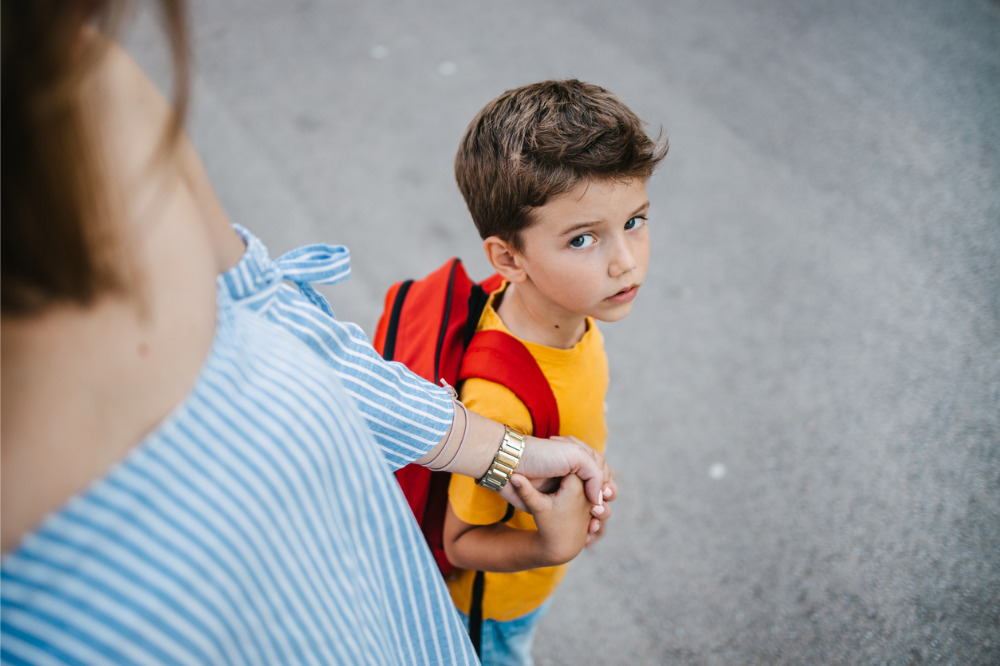
In an age when access to professional psychological help is becoming increasingly hard, with long waitlists and the expense associated with getting fit for purpose psychological help, it is important that teachers are provided with some training to deal with child and teen mental health problems.
When children and young people become anxious, they tend to avoid challenging tasks. So, when teachers and teacher-assistants see this type of behaviour, they need to have the confidence to take the necessary steps to show children how to cope with life’s normal challenges.
Michael Hawton, a psychologist and former teacher with 35 years’ experience, currently works in over 135 NSW primary and secondary schools, addressing high levels of student anxiety.
“If teachers know how to confidently engage with an anxious student, they can keep on teaching, while also providing a child with the skills to be the ‘boss’ of their anxiety,” Hawton told The Educator.
Pointing to the 2022 Productivity Commission Inquiry into mental health, which recommended that teachers need training to identify student anxiety and also to manage it, Hawton said the main teachers of anxiety-regulation in young people’s their anxious behaviour are their parents.
“However, much can be done by teachers as well. It is possible to train teachers to be lay mental health coaches for children with mild-to moderate-level anxiety,” he said.
Hawton said teachers can do three things to achieve this outcome:
1. By having high expectations that most young people can demonstrate emotional self-control.
2. By teaching lessons to students to show them how stress affects them, and what they can do to ‘return to calm’.
3. Through showing teachers how to have better ‘serve-and-return’ conversations – the latter being a main treatment used, to help students to ‘have a go’.
One glaring impact of students’ anxiety on their learning has been their refusal to attend school.
In November 2023, a poll of 1,003 Australian parents found that 39% of all parents of school-age students said their child had been unable to attend school in the past year because of anxiety or stress. The breakdown for public and private schools was 41% and 35% respectively.
Hawton said part of the student absenteeism phenomena is that some parents succumb to their child’s wishes to stay at home and to avoid school, even when illness is not the presenting reason.
“While in the past children may have missed the odd day due to illness or medical appointments, going to school would have been the norm and a routine part of every child’s life,” Hawton told The Educator.
“Recently children have been allowed by parents to miss more school days for a variety of reasons. More frequently, it has been because the child did not want to go to school, possibly due to feeling anxious about the schoolwork or dealing with their peers or teachers.”
Hawton said while this can seem like the kind thing to do in the short term, it can soon turn into a pattern of behaviour that can be difficult to reverse.
“Going to school is a ‘normal life challenge’. That means that we need to equip our children with the skills to face life’s difficulties, including going to school for 90% of the time, unless they are unwell or there is a good reason for not going to school, like medical appointments or family commitments,” he said.
As part of his work with Parentshop, founded in 2003, Hawton has developed resources which he calls “a roadmap for getting a child back to school on a regular basis.”
“They are based on a theory of gradual exposure for the child to return to school and rewards for attending,” he said. “The step-by-step nature of the guide helps parents to undertake the return to school process gradually, with the support of their child’s school.”


